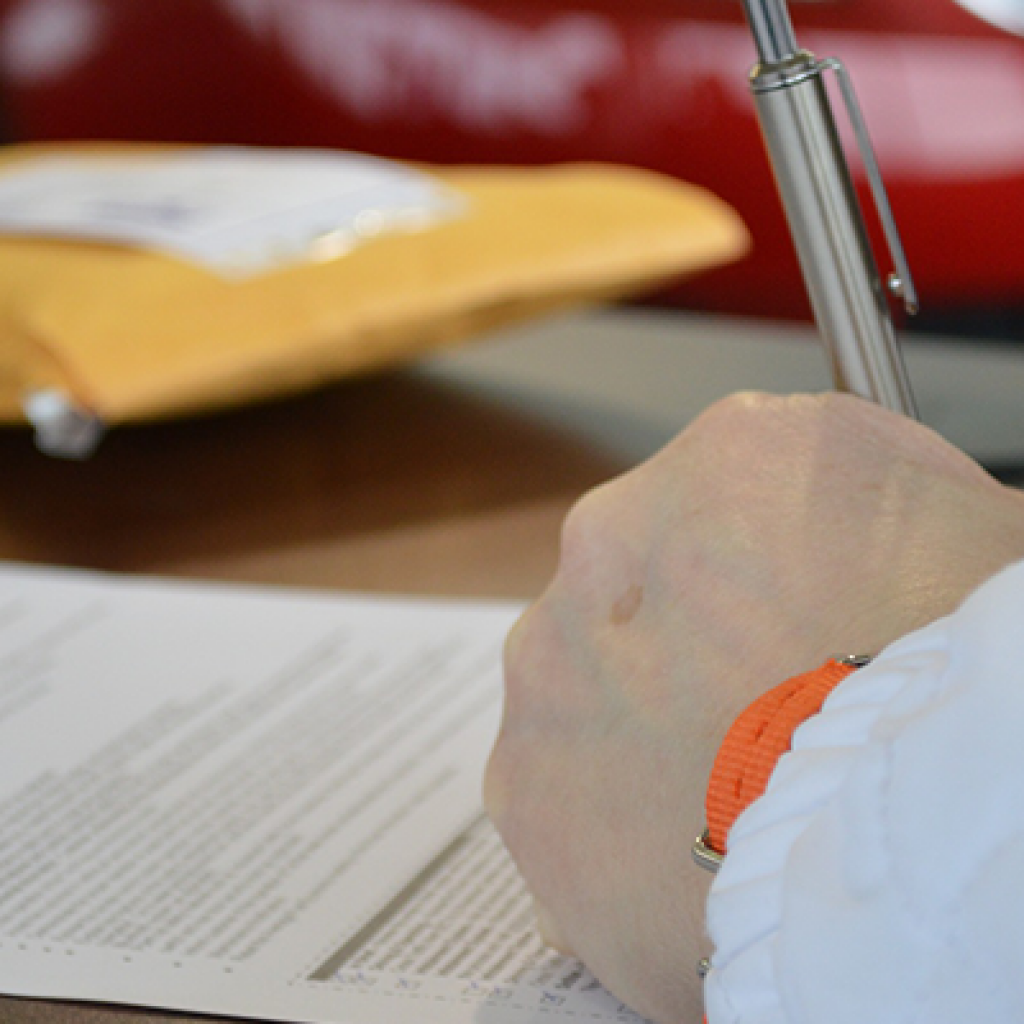Reported widely, and no doubt waking, then affecting many — the media sphere went wild on Monday with reports of lightning strikes and flash flooding across South East, England.
Indeed, the south coast has seen some terrific storm pictures in the last week with flood warnings following “17,000 lightning strikes over 24 hours and 3,000 bolts” within the peak two hours (1) (for more info see our ‘Lightly Enlightening Writing about Lightning’ blog.)
A quick glance at online media, initially paints a picture reminiscent of this year’s winter flooding. However, a closer look quickly reveals a very different picture and environmental scenario.
This winter, saw widespread fluvial (river/tidal) and groundwater flooding affecting large swathes of the country (3, 4). By nature, these sources (types) of flooding are typically longer in duration and primarily affect those areas within or immediately adjacent to a water course and/or areas where the geology makes the ground (surface/sub-surface) susceptible to groundwater flooding.
On the face of it, yesterday was very much a surface water flood event. High intensity rainfall dumped water at such a volume, that in many places, both natural and artificial drainage was overwhelmed and overland flow (surface water flooding) generated. Whilst, the majority of those areas submerged will have drained quickly leaving little affect, for those whose cars and homes were flooded, the legacy lives on.
According to the Met Office, some areas saw more than half the average total July rainfall for England in just an hour (5).
So what caused the weather?
Very warm and humid air over the last week has dominated the UK, bringing us some of the hottest weather this year (so far). This tireless heat and humidity led to a progressive build-up of energy, which was released in spectacular fashion as an area of low pressure moved in, interacted and destabilised this very warm/humid air mass (hence the thunderstorms). A further factor — light winds; exacerbated the situation with thunderstorms moving slowly, leading to areas experiencing prolonged periods of intense downpours (8).
The result of Monday’s weather in the South East was widespread travel disruption, inconvenience and inevitable financial loss.
In parts of Sussex, London and Essex; flash (surface water) flooding brought roads and rail services to a standstill, and left some motorists trapped in their cars requiring rescue.
In Sussex, commuters found Worthing train station inundated with water (spectacular video footage available here). In Brighton, torrential rain mixed with hail stones to produce a somewhat artic scene (figure 5 & 6) and later left fire officers trying to pump water from flooded roads (figure 7) (9). A statement from Southern Water said torrential rain across Sussex led some sewers to be “overwhelmed by the sheer volume of water” (10).
In Brighton yesterday, the clean-up operation continued. Worthing train station is again operational, with fire crews having pumped some 4ft of water out of the underpass between platforms. Flooded homes and businesses are slowly being remediated (12).
According to the Environment Agency in 2009, in England there are some 2.4 million properties at risk of river/coastal (fluvial) flooding and 2.8 million at risk of surface water (pluvial) flooding. A further 1 million properties have been identified to be at risk from both types (13).
Surface water (pluvial) flooding is generally more likely to occur in low lying areas (i.e. in a depression relative to the surrounding landscape), or to premises at the bottom of a slope. In urban environments, surface water risk can be triggered or exacerbated by impermeable (hard) surfaces which allow little absorption of water.
The expectations from climatic projections suggest extreme weather will happen more frequently in the future. Protect yourself and your liabilities — know and understand your flood risk.
GroundSure offers a range of flood risk assessments to guide property conveyancing decisions – Flood, Floodview & Floodinsight. For rural transactions, GroundSure Agricultural assesses the flood and contamination risk from past and present activities in consideration of soil pollution hazards. For more information call 08444 159 000 or email info@groundsure.com




















